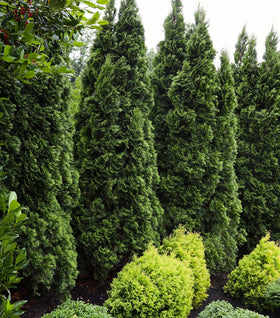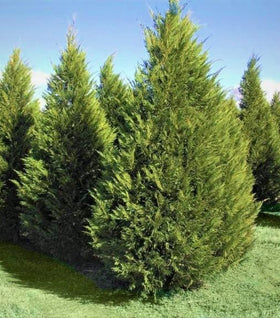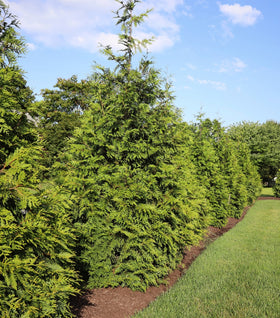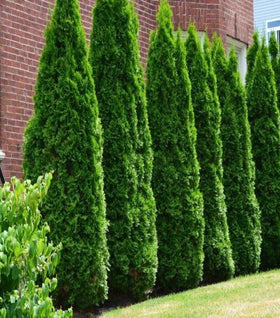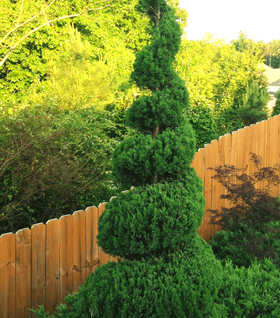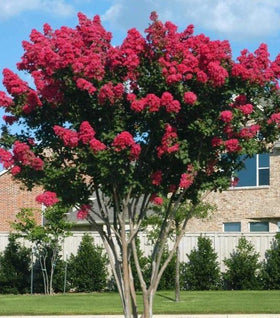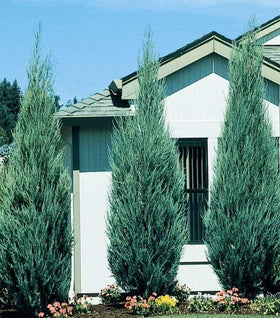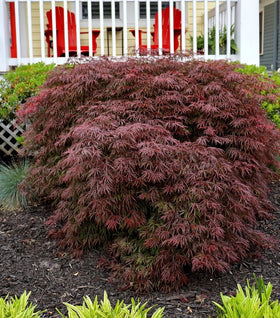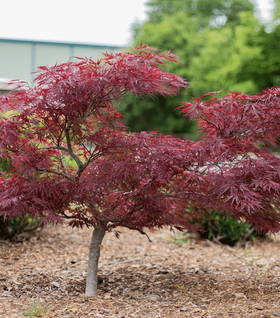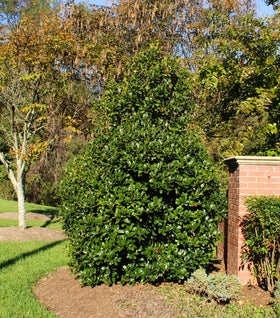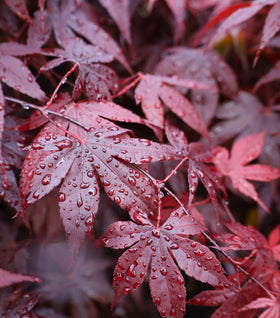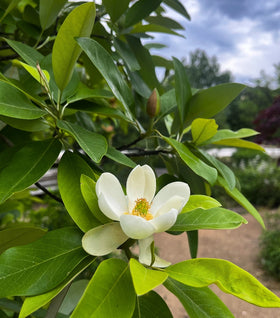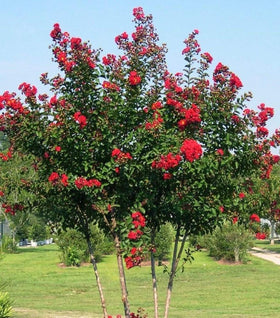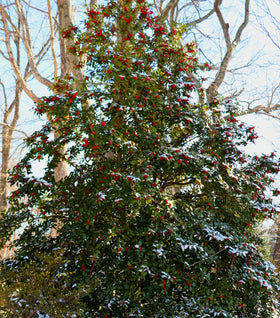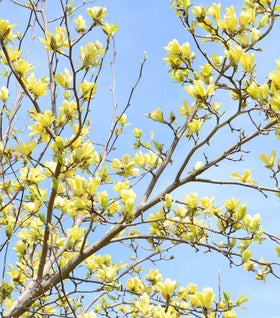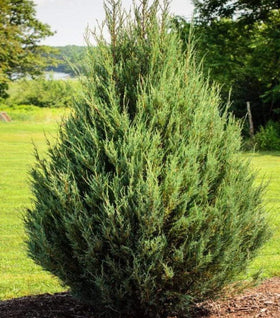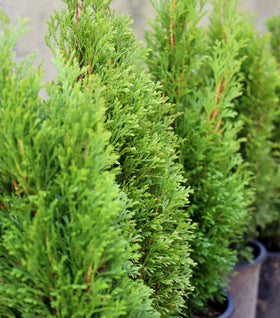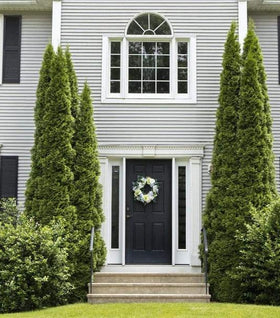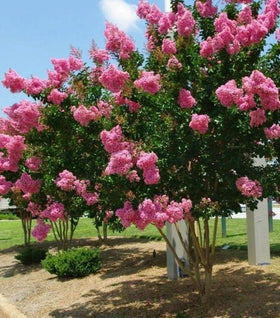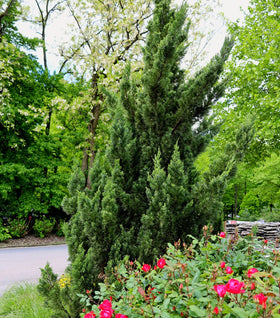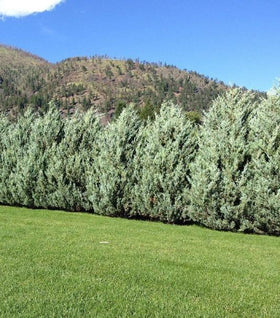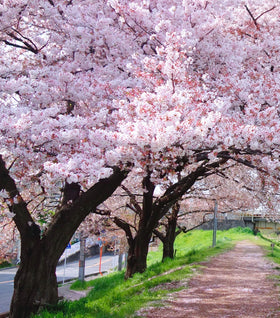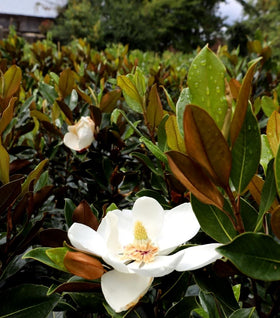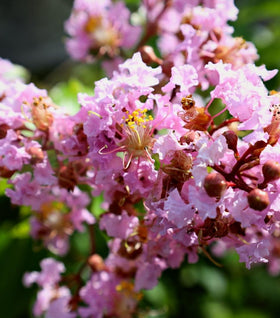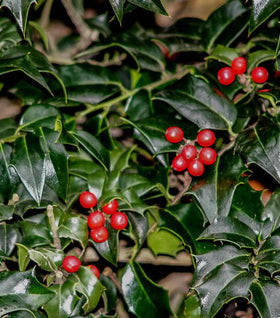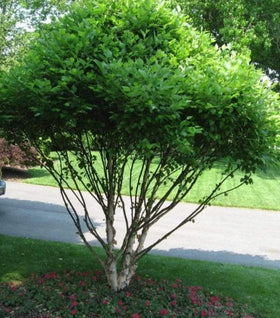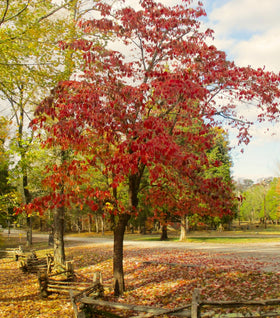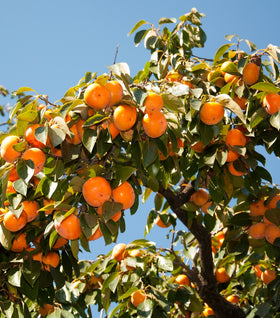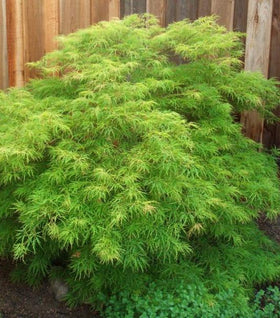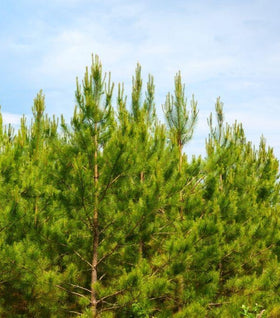All Trees
From instant privacy screens to legacy shade and spring flower shows, the right tree changes how your landscape looks and lives. Our Tree collection gathers every top performer in one place—fast-growing evergreens, cooling shade trees, native habitat builders, and ornamental bloomers—all nursery-grown for vigor and shipped ready to thrive. Expect honest specs, zone-smart recommendations, and selections we trust in real yards.
We pair purchase-intent clarity (mature size, growth rate, spacing) with straightforward care guidance so you plant once and enjoy for decades. Whether you’re lining a drive with uniform structure, framing an entry with seasonal color, or anchoring a brand-new build, shop with confidence—your trees are backed by our "We Grow Together" Promise and the friendly expertise of America’s Local Online Garden Center.
Build a better landscape from the canopy down. This all-in-one collection encompasses privacy evergreens (Thuja, Cypress, Pine), shade classics (Maple, Oak, Elm, Linden), flowering icons (Dogwood, Redbud, Magnolia, Serviceberry), and regional natives that enhance habitat and resilience. Every tree includes clear maturity specs to match your space—small-footprint ornamentals for city lots, mid-size anchors for front yards, and estate-scale shade for acreage.
We curate for real-world performance: clean foliage, storm-worthy branching, strong roots, and zone-tested hardiness. You’ll also see design-forward notes—habit, color, bark, and seasonal interest—so you can balance quick wins (fast growth, early bloom) with long-term structure and curb appeal.
Prefer a faster payoff? Explore our Fast-Growing Trees for rapid screening and early canopy development. Want low upkeep? Look for disease-resistant cultivars and Native Trees that need less water and fertilizer once established.
Growth Habits & Seasonal Interest
Trees deliver four seasons of value. Spring brings fresh leaf-out and bloom (Redbud, Dogwood, Magnolia). Summer provides cooling shade and privacy screens that quiet the wind and road noise. Fall turns up scarlets, ambers, and plum tones (Maple, Blackgum, Sweetgum). Winter reveals architectural branching and exfoliating bark (Sycamore, River Birch), as well as evergreen color from Arborvitae, Cryptomeria, Cedar, and Pine.
Habit drives placement and maintenance. Choose upright-oval forms for streets and narrow side yards, rounded crowns for lawn shade and play spaces, and pyramidal evergreens for areas that require height and year-round coverage. Multi-stemmed ornamentals add movement and light at eye level, making them perfect near patios and paths.
Performance matters beyond first impressions. Our selections emphasize balanced vigor—trees that establish quickly, hold foliage cleanly, and stand up to heat, humidity, and winter swings without constant intervention.
Landscape Uses & Functional Benefits of Trees
Plant for function and beauty. Shade trees reduce summer cooling costs and protect plantings beneath; privacy trees create living fences with sound buffering; flowering and fruiting trees support pollinators and birds, while also elevating curb appeal. Deep roots stabilize soil, slow runoff, and protect hardscapes, improving site resilience.
Design with layers: a deciduous canopy for airflow and seasonal light, evergreen bones for continuity, and understory shrubs/perennials for color and habitat. Use allees to guide views, specimen trees to anchor beds, and staggered plantings to soften property lines while maintaining sightlines.
For tight sites, select compact or columnar cultivars and consider espalier types for use along fences. For acreage, blend fast-growing trees with long-lived natives for immediate impact and lasting legacy value.
Maintenance & Durability Advantages
Success is simple with the right start. Site for full sun to part sun and well-drained soil. Plant with the root flare at or slightly above grade in a hole 2× as wide as the root ball. Backfill with native soil (no heavy amendment pockets), water deeply to settle, and mulch 2–3 inches—kept off the trunk. A Soaker hose or Watering Bag makes first-year watering consistent and efficient.
Train structure early. In late winter, set a central leader when appropriate, remove any crossing/damaged wood, and space scaffolds to ensure strength and airflow. Feed lightly with slow-release fertilizer or compost in early spring if growth lags; otherwise, established trees often thrive on healthy soil and mulch alone. During drought, practice deep, infrequent watering to build resilient root systems.
Choose cultivars noted for disease resistance and regional adaptability, and you’ll spend more time enjoying shade and bloom—and less time troubleshooting. With modest, consistent care, your trees will thrive for decades.

